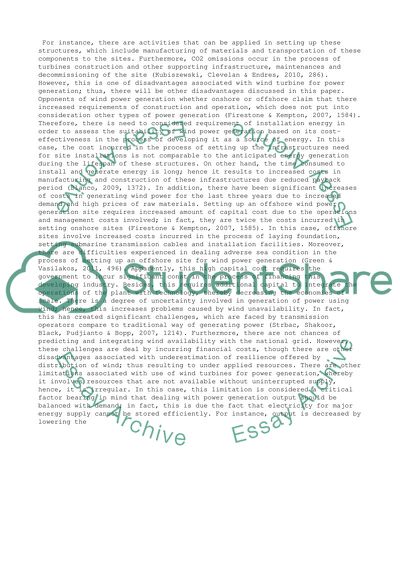Cite this document
(“Wind Turbines for Power Generation Research Paper”, n.d.)
Wind Turbines for Power Generation Research Paper. Retrieved from https://studentshare.org/business/1481155-wind-turbines-for-power-generation
Wind Turbines for Power Generation Research Paper. Retrieved from https://studentshare.org/business/1481155-wind-turbines-for-power-generation
(Wind Turbines for Power Generation Research Paper)
Wind Turbines for Power Generation Research Paper. https://studentshare.org/business/1481155-wind-turbines-for-power-generation.
Wind Turbines for Power Generation Research Paper. https://studentshare.org/business/1481155-wind-turbines-for-power-generation.
“Wind Turbines for Power Generation Research Paper”, n.d. https://studentshare.org/business/1481155-wind-turbines-for-power-generation.


